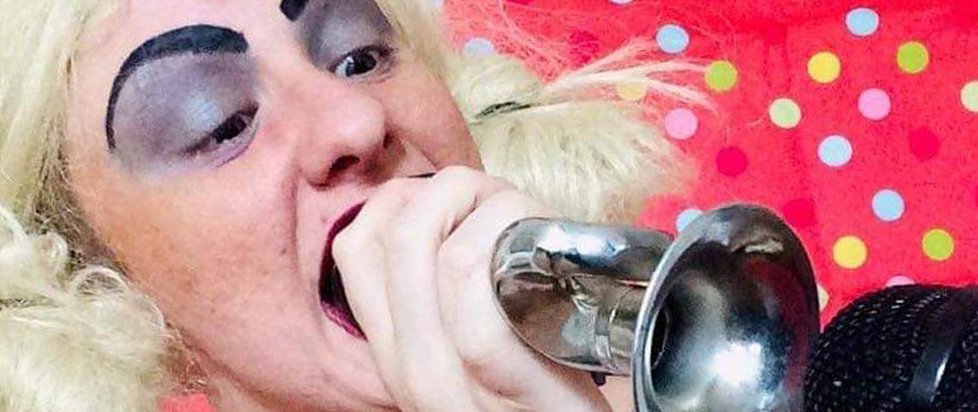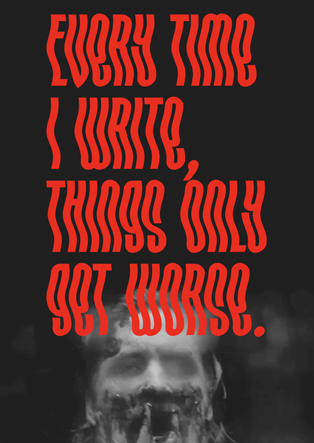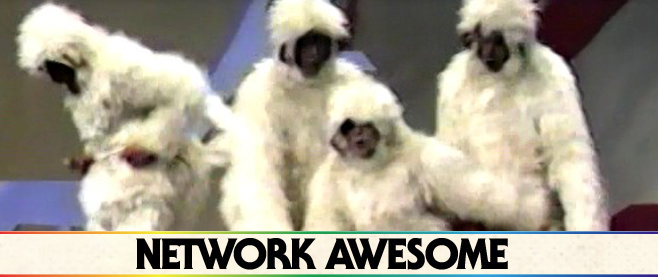
Downtown DIY
Every town and city – every nook and cranny and pocket around the US – has its own little scene that defines it.
The sound of Pittsburgh is harsh, brash, at times aggressive. It’s a soundtrack to a city built on the backs of steel mills. As such, the beeps, blurts and glitched-out noises create a diegetic backdrop that covers the city in a veneer of electronic bliss.
The reliance on a do-it-yourself (DIY) attitude brings a human quality to the atmosphere. It’s independent, freeing, removed from the saturated production of mainstream pop music.
Local artist Kelsey Goehring says, “DIY just means relying on oneself and working with other independent artists to proliferate art, rather than relying on a longstanding institution. I don’t really derive any deep meaning from the term. I wouldn’t even go so far as to say DIY has a concrete aesthetic.”
It’s this last point that defines the style of the community. Within this loosely-defined concept, there are no rules, only individuality. All bets are off. Do your own thing. Naysayers can leave, the exit is on your right.
“My approach is more erratic, like a wounded animal who can’t decide if she is going to use aggression or tenderness to express her pain,” Seven Dee, a local noisemaker who performs and records under the moniker Bruiser Beep, explains. “It feels like the perfect way to achieve an authentically terrified, indecisive effect that I want in my performance. It’s been a vulnerable experience to create that space when not many are comfortable with seeing something like that presented that way.”
Artists working within these barriers aren’t afraid to break boundaries and crack them open like an egg. Feedback is treated as its own melodic instrument, sometimes ugly, sometimes beautiful and pure. Synthesizer knobs are tweaked to an off-kilter perfection. The guitars never seem fully in-tune.
“I love to use cassette tape and music box manipulations, and orchestrate them to act as a bed for the songs, and then pull back into it as a stripped-down thing,” says Dee.
This guerrilla approach to the craft often recalls the harsh noise of early industrial innovators like England’s Genesis P-Orridge and the techno preconfigurations of Germany’s Kraftwerk. These forebears laid down a template that later artists owe a great debt to, regardless of distance, or of how much influence they consciously incorporate.
The musicians of Pittsburgh’s DIY community are well-aware of their music’s past, but also keenly attuned to what’s currently popular. Just as with any musician, they’d be doing themselves a disservice by not keeping up and coming up with ways to use these more popular sounds in unique and more innovative ways. At the very least, it’s good to know how to use these textures.
Goehring relates, “I have quite a few friends who try to keep up with current music, and some of the stuff they’ve shown me plays with textures you just wouldn’t hear a few decades ago, unless you purposefully went seeking them out.”
DIY also utilizes the city itself in its attempts to create music on its own terms. “I love nothing more on this earth than taking found sound/field recordings and abstracting them into cacophony!” Goehring says.
Found sounds are literally just that: things you find floating around the air that have a use you may never have thought about, let alone decided use in an audio recording. Knives, chairs, tables, the sound of running water and toilets – all of these find a home in experimental music.
Field recordings are a bit more loose and undefined, but essentially they are the sounds of whatever surrounds you: cars in congested traffic, honking their horns in a futile attempt to get ahead; people eating lunch at an open-air cafe; the sound of footsteps and ringing doorbells. In more traditional popular music, people talking are often sampled. DIY artists take a cue from this, and often record their friends at parties and gatherings, as wine glasses clink and people laugh among themselves.
But back to the primary aesthetics, the core elements of noise, experimental music and DIY.
There’s a reliance on the primal senses. Try everything and see if it works. Like a continuation of what the Beat poets started, do it and let the audience decide if it lives or dies.
And yet, unlike Kerouac, Burroughs, Ginsberg, Baraka, Pittsburgh’s artists take a more postmodern approach to this philosophy. Futuristic innovations are front-and-center, and never scarce.
“For a short time, I was purely doing noise via no-input mixer modulating microphone feedback. Those are the methods I began with, and I’ve been making a return to my roots as of late,” Goehring says.
And unlike much of the pop music one might hear on your local radio station, the artists in this scene are unrestricted by boundaries. They willingly do the opposite of what’s expected, and it seems to speak to a larger desire for artistic freedom. But this is almost a given when the typical elements of music are eschewed
“I see the need for organized venues becoming more urgent. I see immensely passionate people becoming frustrated and using collective brainpower and a DIY ethos that changes when it needs to so we can keep underground and left-field art alive and authentic,” says Dee. “I personally don’t think it will serve us well to try to mimic the music industry to make things work. We are here because we don’t want that, right?”
“I’m just in pursuit of happiness like everyone else. There aren’t really any core tenants guiding me through life,” Goehring says. “In the context of my art, my biggest influence is the music my friends make, but not even really on a sonic level. Their music is just a source of inspiration.”
So Pittsburgh and its do-it-yourself scene clearly has a purpose beyond simply a location to record and perform. This loose collective of misfits is essentially a love song to an angular, fractured city.
As Dee explains, “It has evolved as my experiences in Pittsburgh over the last year and half have changed my perception of all sorts of things. It’s exhausting to be pulled in different directions all the time, but it also means that I’m always learning and growing.”
To listen to Bruiser Beep, check out bruiserbeep.bandcamp.com.
To listen to Kelsey Goehring, head on over to kelseyy.bandcamp.com.





